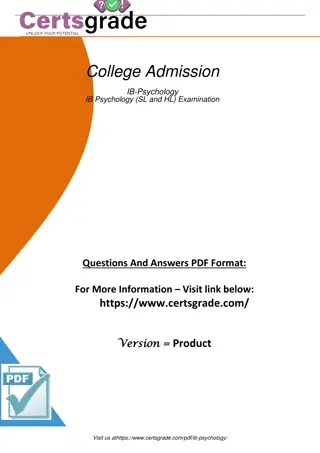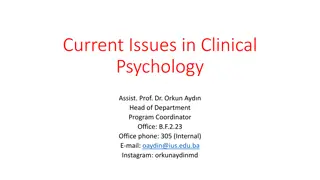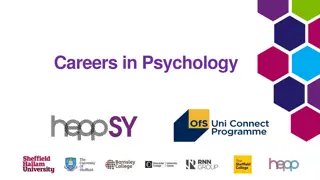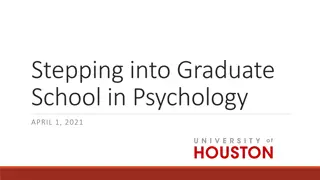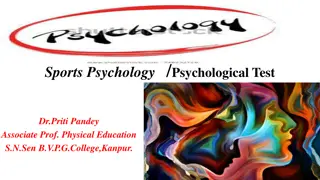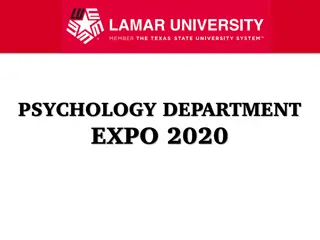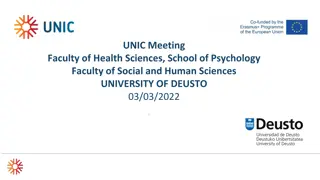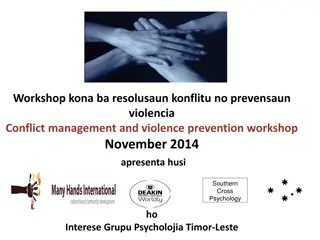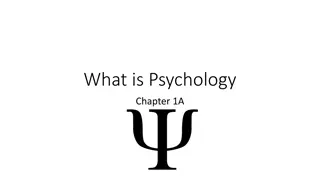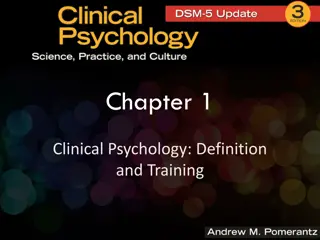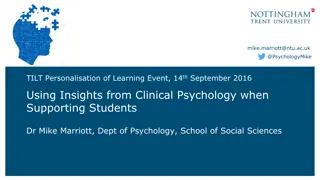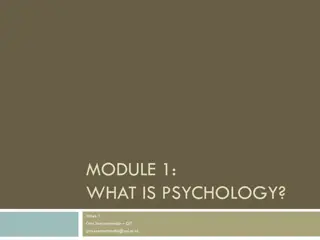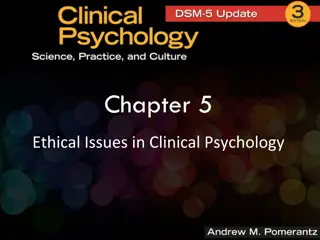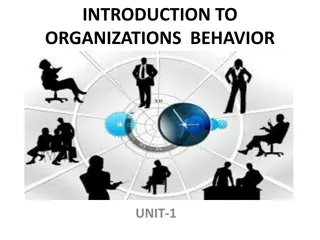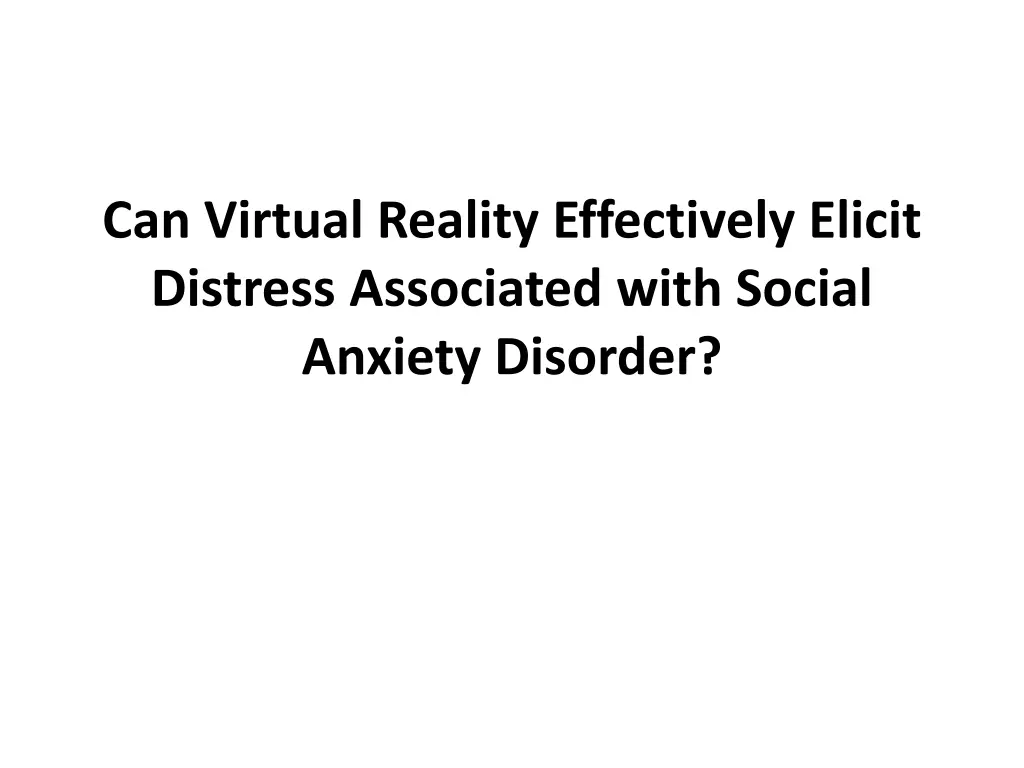
Effectiveness of Virtual Reality in Social Anxiety
Addressing the limitations of traditional exposure therapy, virtual reality exposure therapy (VRET) has emerged as a potential alternative for treating social anxiety disorder (SAD). By creating immersive virtual environments that elicit distress similar to real-life situations, VRET aims to facilitate emotional processing and reduce avoidance behaviors. Challenges such as achieving presence, physiological arousal induction, and comparability with in vivo tasks need to be overcome for VRET to be a successful intervention for SAD.
Download Presentation

Please find below an Image/Link to download the presentation.
The content on the website is provided AS IS for your information and personal use only. It may not be sold, licensed, or shared on other websites without obtaining consent from the author. If you encounter any issues during the download, it is possible that the publisher has removed the file from their server.
You are allowed to download the files provided on this website for personal or commercial use, subject to the condition that they are used lawfully. All files are the property of their respective owners.
The content on the website is provided AS IS for your information and personal use only. It may not be sold, licensed, or shared on other websites without obtaining consent from the author.
E N D


